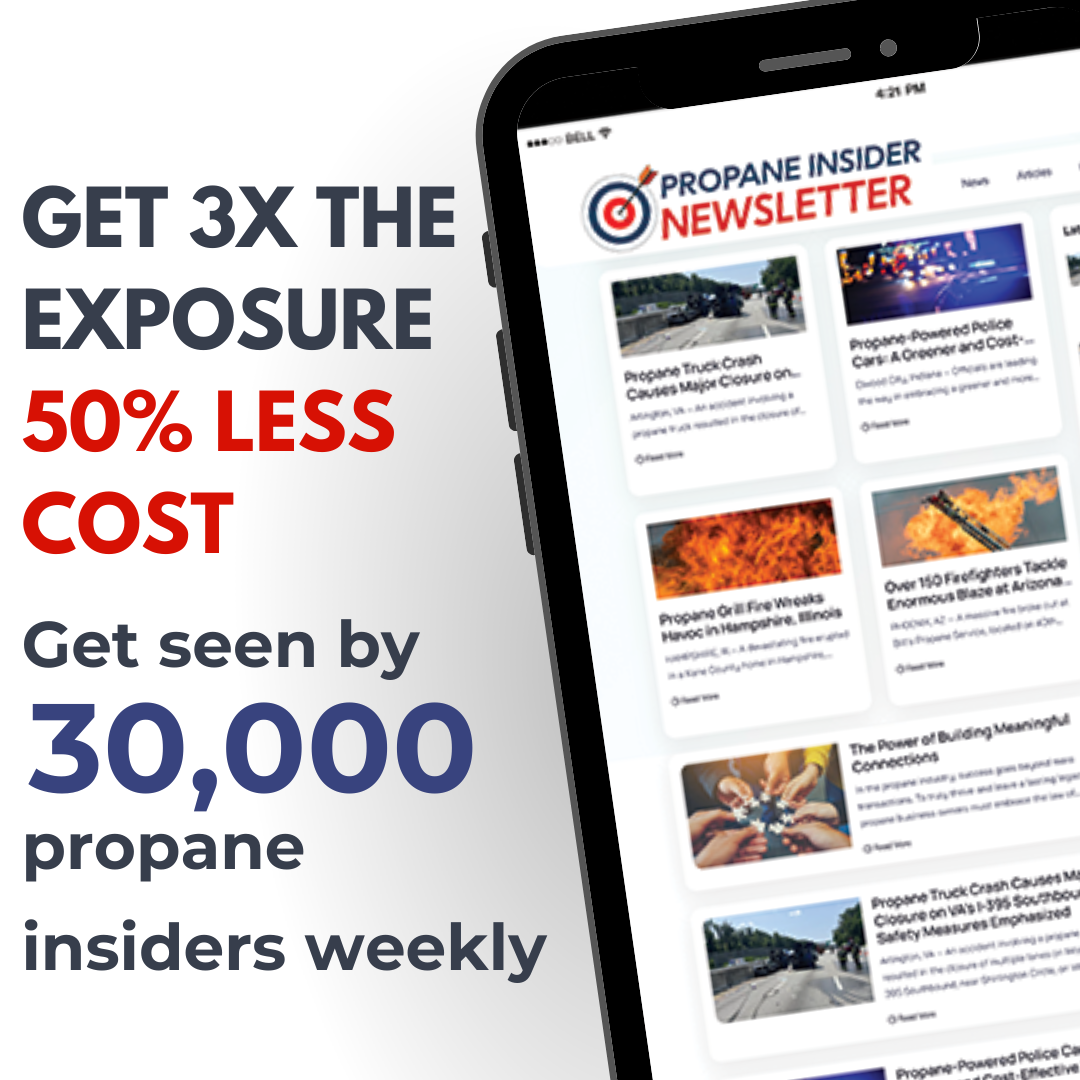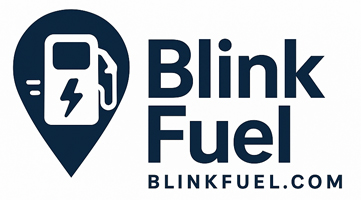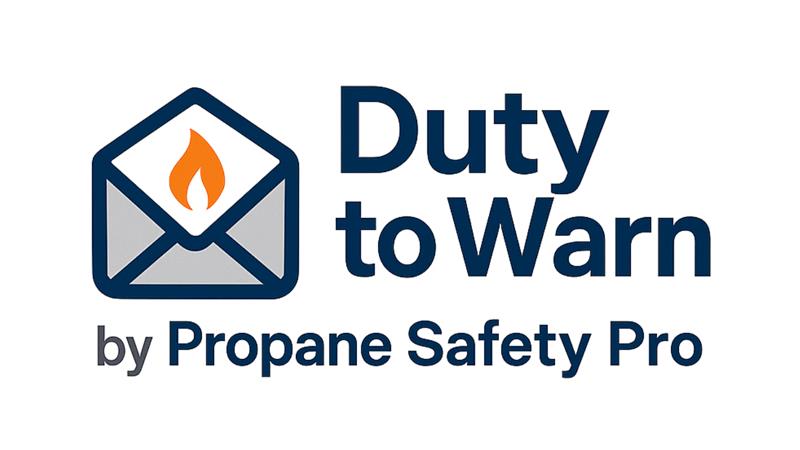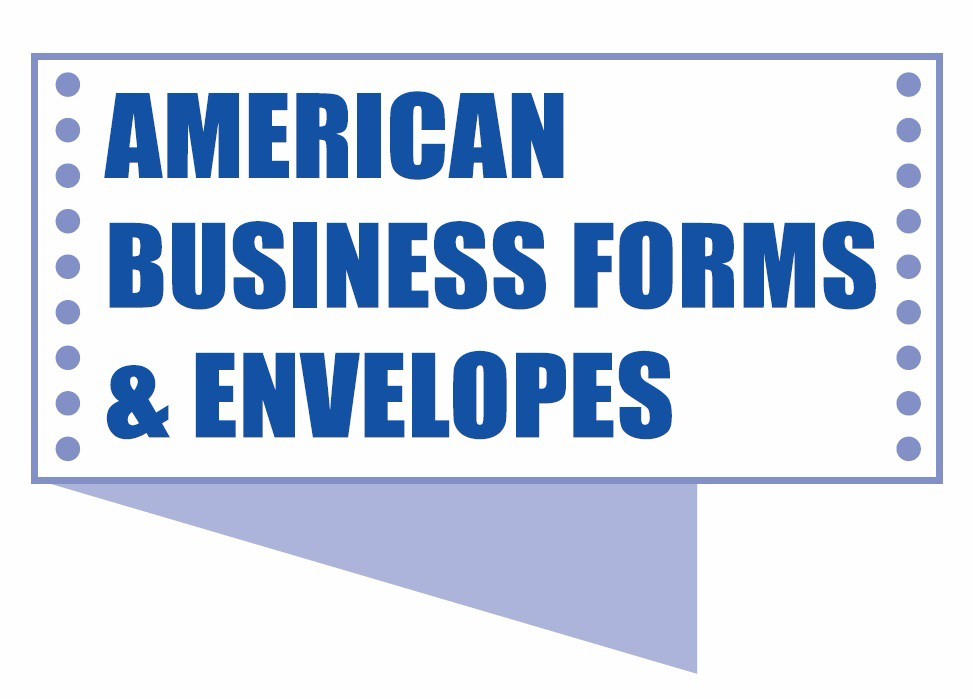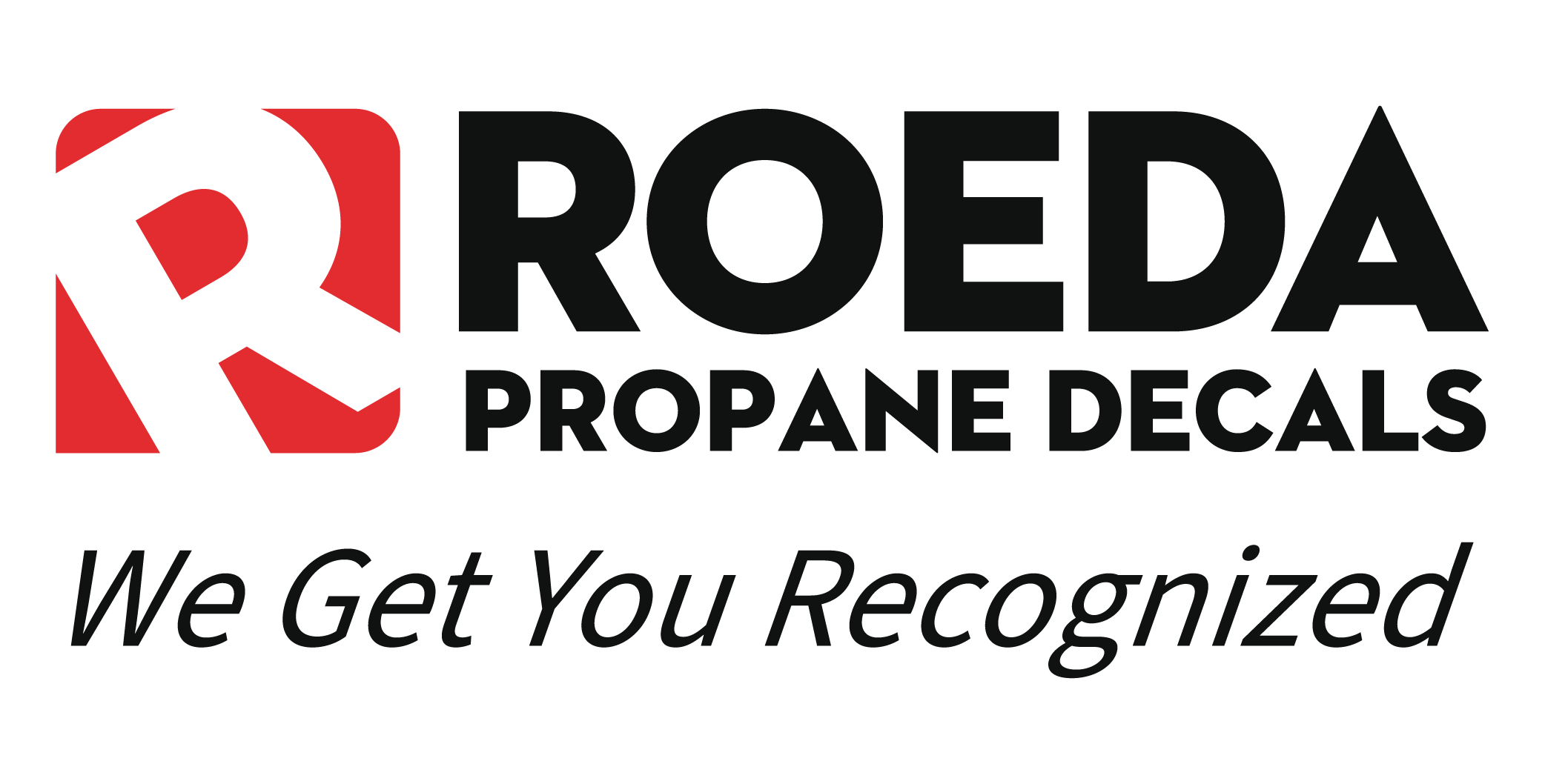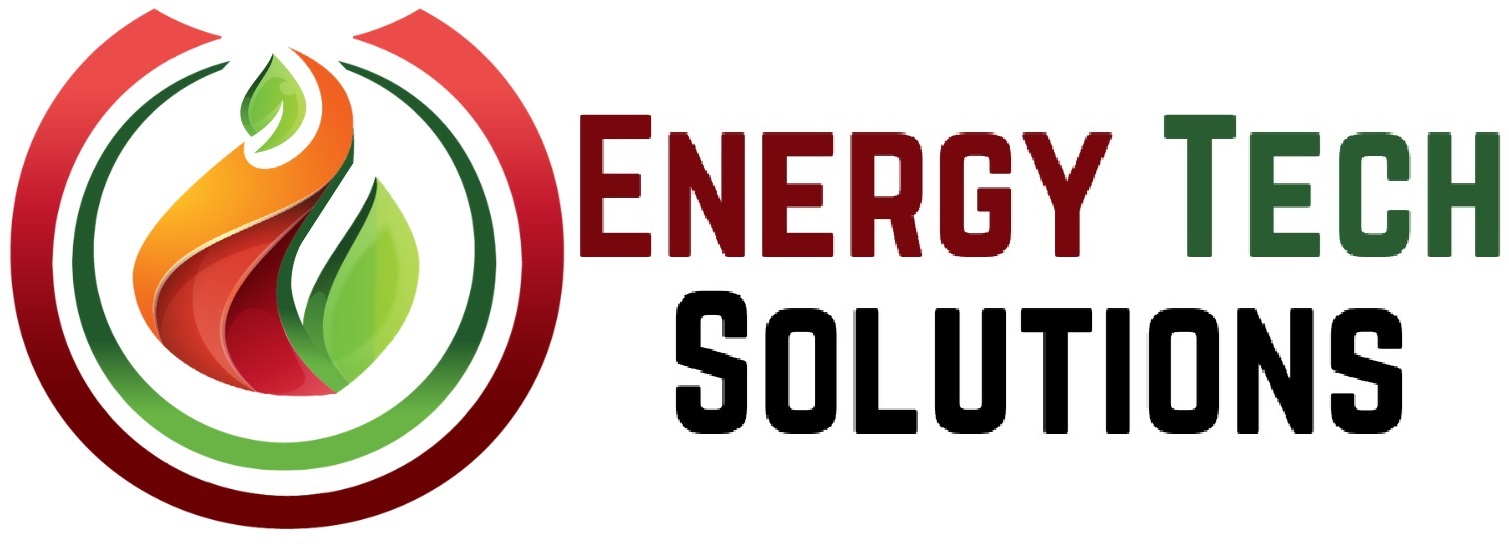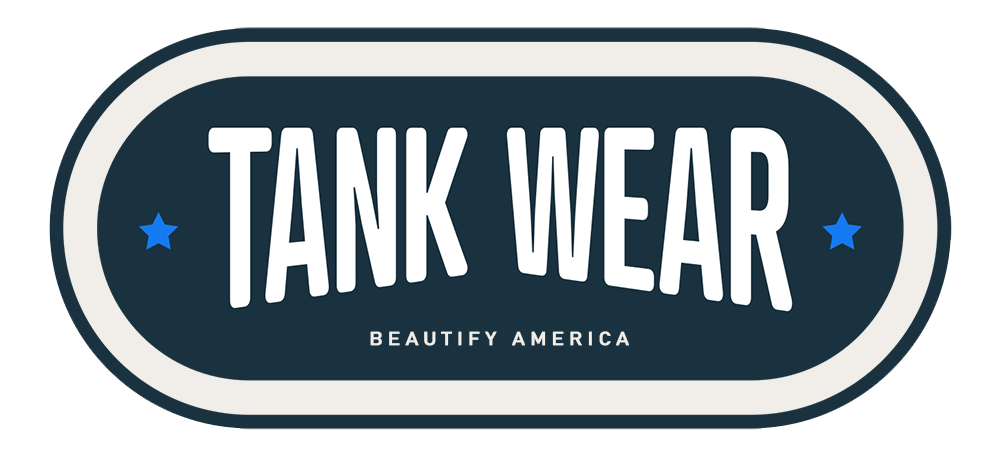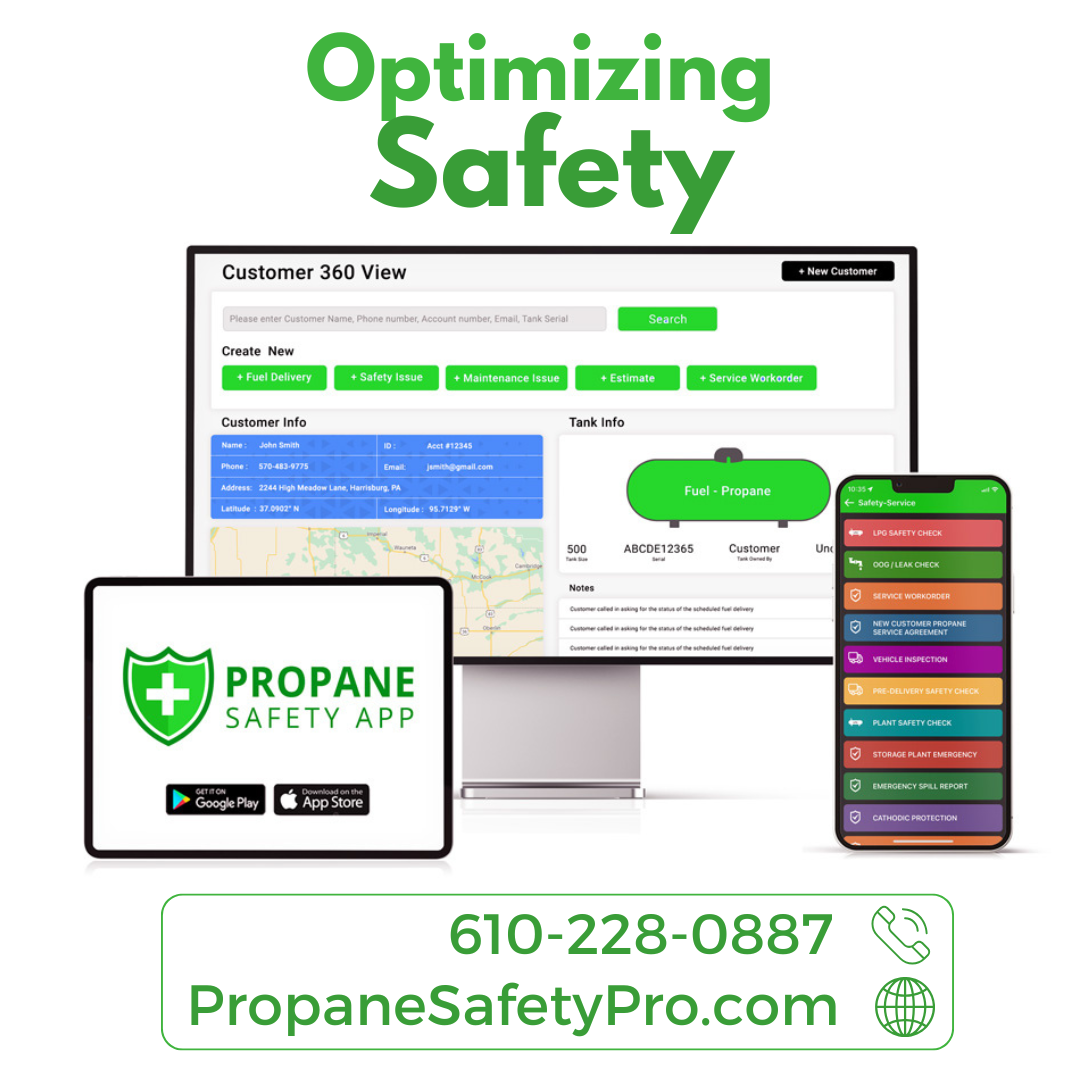Fast, Simple, Safe: Rethinking Safety Checklists
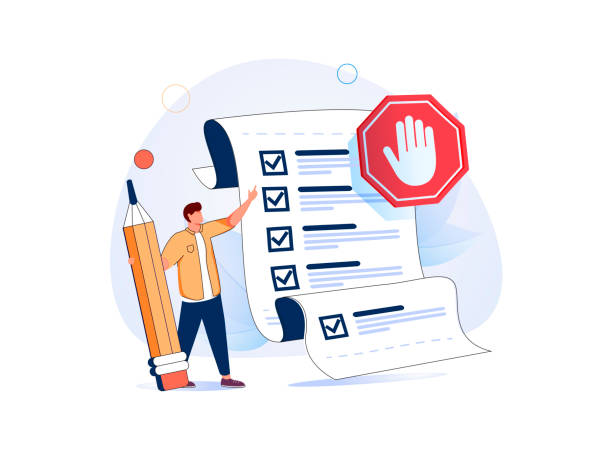
Safety checklists are one of the most important tools in any propane operation, but they often get a bad reputation. Many crews feel that checklists slow them down or get in the way of getting the job done. The challenge is finding a way to keep safety at the center of the work – without creating frustration or delay. It’s not just about having a checklist. It’s about building a process that works with your team, not against them.
Start With the Essentials
A long, complicated checklist may look thorough, but it can become a problem in the field. If your team feels like they’re wasting time checking boxes that don’t apply to every job, they may start skipping steps or ignoring them completely.
Focus on what truly matters for each task. Create short checklists for common jobs like tank sets, leak checks, or deliveries. Keep the items focused on the most critical safety steps. If a checklist is quick to read, crews are far more likely to use it every time.
Make It Part of the Workflow
The key to getting crews to use safety checklists is to make them feel like a natural part of the job – not an extra task. Connect the checklist to the start or end of something they’re already doing, like before starting the engine, lighting a pilot, or closing out a delivery ticket.
When checklists are timed with regular parts of the workday, they feel like a tool, not a burden. This serves to help your team in establishing a consistent habit and keeps safety procedures from being forgotten under pressure.
Use Simple Formats
If you want your team to use a checklist, it must be easy to read. Avoid small fonts, confusing terms, or cramming too much information onto a page. If you’re using paper, laminate it and post it somewhere that is clearly visible. If you use digital tools, ensure that they work well on both a phone or tablet.
Simple formats also allow you to teach and train new team members more easily. They should be able to understand and complete the checklist with confidence – even in their first week.
Ask for Crew Feedback
The best way to make your checklist more effective is to ask the people who use it. Talk to both drivers and techs. Ask them which items feel unnecessary and which ones they sometimes forget. Use their input to adjust the layout or remove steps that don’t apply to certain jobs.
Getting buy-in from the team helps you create something that feels useful, not forced. When they help develop the process, they’re more likely to stick with it and follow it every time, every day.
Train With Real-World Scenarios
Training should go beyond explaining what’s on the checklist. Walk through real jobs with your team and show them how to practically use the checklist in the field. Let them practice using it during a tank delivery or equipment setup. Show them how quick and helpful it can be when it’s done right.
The more your team sees that the checklist prevents mistakes and keeps them safe, the more they will trust it and utilize it consistently.
Building Habits That Stick
Safety checklists work best when they become a habit. Keep them short, relevant, and easy to follow. Make them part of the work, not an extra step. When your crew views the checklist as something that protects them and helps the job go smoothly, you’ll get more of your team on board with it and experience fewer issues.
Business Implications
A checklist that fits into the flow of work can lower your risk, improve team safety, and even reduce service callbacks. It also shows your customers that you take their safety seriously without slowing down your crew. Over time, these small habits lead to fewer accidents, stronger insurance records, and more client trust. That kind of trust helps a propane business grow and thrive.
For an easy way to accomplish this and improve safety management, be sure to check out PropaneSafetyApp.com today.

